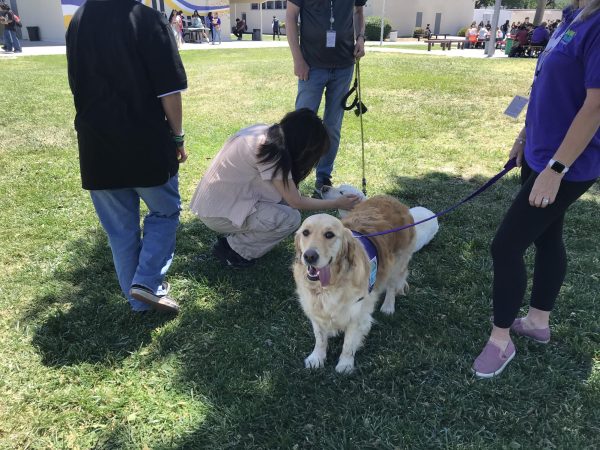Finishing the fast: Muslim communities around the world celebrate Eid-al-Fitr
Eid-al-Fitr, the Islamic festival of breaking fast, is a time for Muslims around the world to dress up and connect with friends and family.
As the sun sets on the final day of Ramadan, Muslims around the world tilt their heads upwards, searching for a sliver of white among the dark star-speckled sky.
After a month of fasting, religious devotion, and charitable acts, the sighting of the new crescent moon marks the beginning of the Islamic month of Shawwal, along with the highly anticipated three-day celebration of Eid-al-Fitr.
“Ramadan is the month that our holy book, the Qur’an, was completed. Eid is the celebration of our fasts and the good deeds that we completed during that month. It symbolizes being thankful for everybody and everything that we have,” said Integrated Marketing Communications teacher Rabia Marjan Akrami.
Leading up to the festivities
During the holy month of Ramadan, Muslims refrain from consuming food and water from sunrise to sunset and fully devote themselves to completing prayer, paying charity, and reading the Qur’an. Also, Muslims spend their nights attending Taraweeh prayers and committing as much time in their schedules to focusing on their religious responsibilities.
“Ramadan is a time when Muslims abstain from eating, drinking, and basically all the normal regular activities in an effort to devote themselves to being mindful of God and to connect with other human beings. It is a time to think about those who are less privileged and for us to become more charitable,” said local Islamic teacher Ustadha Hosai Mojaddidi.
Towards the final few days of Ramadan, families gather in homes and local mosques to search for the presence of the new moon. When the moon is officially sighted, the month of Shawwal begins, and the international Muslim community prepares to celebrate and rejoice in the name of family, faith, and devotion.
“In the Islamic lunar calendar, every month is ushered in through moon sighting. After about 29 days of Ramadan, groups will go out to see if the new moon of the next month has come in, hopefully marking the beginning of the next month Shawwal, as well as the beginning of Eid,” said Mojaddidi.
Following the moon sighting, families search their closets for their best salwar kameez outfits, eager to wear traditional clothing for this special holiday. In addition, women decorate their hands in crushed mehndi paste, sporting intricate flower petals and paisley designs that paint dark orange patterns on their skin.
“The moon sighting was a huge thing for us. Everybody would run out and see if you could sight the moon. Once we sighted the moon, there used to be a huge celebration. We used to put the mehndi on, get our clothes out, and find fancy bracelets. During the month of Ramadan, we did a lot of shopping for Eid clothes, trying to find matching jewelry and all of that fun stuff,” said Muslim Pleasanton resident Jahan Baig.
Eid’s traditional celebrations
In the morning of Eid-al-Fitr, Muslim families gather at congregational prayers held at sports parks, fairgrounds, and local mosques (provided these locations have enough space to accommodate the hundreds of people keen to attend). Typically, a local Islamic leader will also provide a sermon highlighting various Islamic values, morals, and stories.
“First and foremost, we do a prayer together to celebrate the accomplishment of fasting for an entire month, doing all of our ritual acts of worship together, and devoting ourselves to God. Usually, entire families will come, dress up, and get into the spirit,” said Mojaddidi.
After prayers are complete, there is a three-day period of celebration between families and the local community. During this time, households open their doors to visitors, lay out copious amounts of cultural food, and spend quality time with one another.
“Growing up, it was all about spending time with my family. The first day of Eid was always going to my grandparents’ house after Eid prayers. Somehow, we would manage to fit all of my cousins, aunts, and uncles in there. We would get together with all of my cousins and we continue to do that,” said Akrami.
Ensuring all generations are included in Eid’s celebrations, young children receive ‘eidi’ cash gifts from elders while cousins and siblings of all ages reunite, reconnect, and rejoice. From the young to the old, and to even those who have passed on, no one is forgotten in the festivities.
“It is really important that the entire family comes together. A lot of people take the day off so they can be with their families. A tradition we have just recently picked up in my family is that we will actually go to visit those who have passed on at the graveyards to make sure that we are including our beloved ones who have already left this earthly realm in our joy and make prayer for them as well,” said Mojaddidi.
Eid in the Western world
In countries with majority Muslim populations, Eid is considered a national public holiday, where corporations and schools are required to close, allowing Muslims to fully partake in Eid activities with their respective families.
While Eid is not recognized as a national holiday in the United States, Muslim students often take the day off to celebrate, resulting in unexcused absences, missed assessments, and increased homework. To remedy this widespread concern, Muslims are beginning to advocate for their respective school districts to make accommodations to their academic schedules and recognize the Islamic holiday.
In 2015, the New York City Department of Education added Eid-al-Adha and Eid-al-Fitr to the list of official educational holidays, recognizing the importance of these holidays to the Islamic faith. This move has inspired other school districts across the United States to follow suit, helping to ensure that all students, regardless of religion, feel valued and included in the education system.
As Eid makes its way into mainstream Western culture, customs and traditions are bound to change. While the manner in which Eid is celebrated inevitably varies between communities, it is ever important to retain the spiritual and religious devotion to Islam along with the Islamic principles connected to the holiday.
“For me, what is important is why we celebrate. The why part is universal, the how part is different for everybody. Why we celebrate Eid-al-Fitr comes from one universal Islamic principle of faith — that is what is truly important,” said Baig.
Your donation will support the student journalists in the AVJournalism program. Your contribution will allow us to purchase equipment and cover our annual website hosting costs.


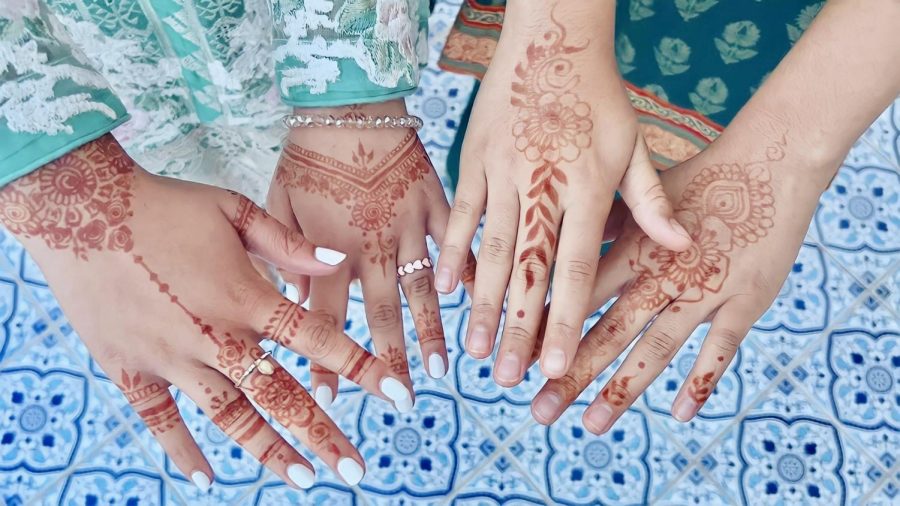
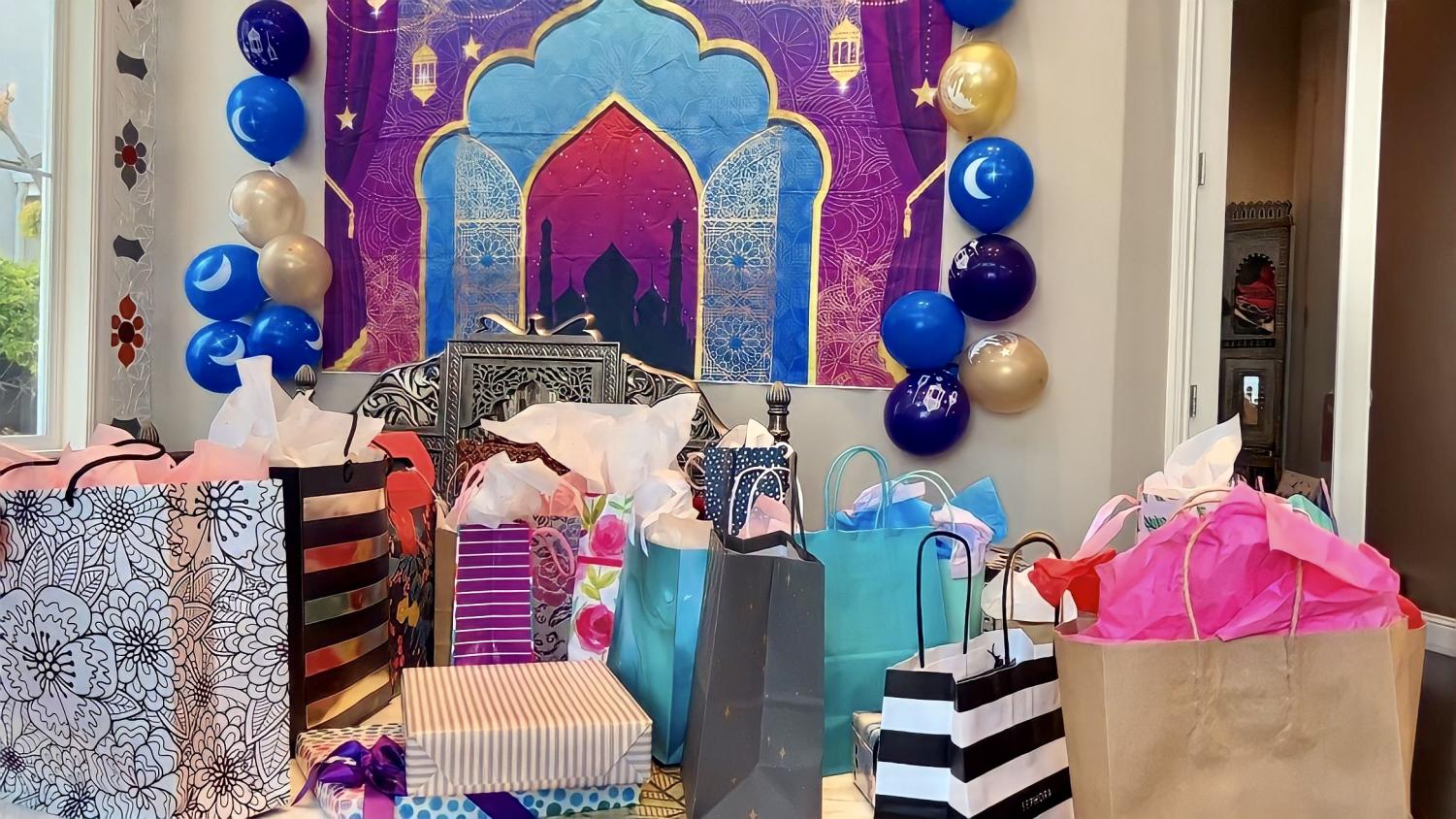

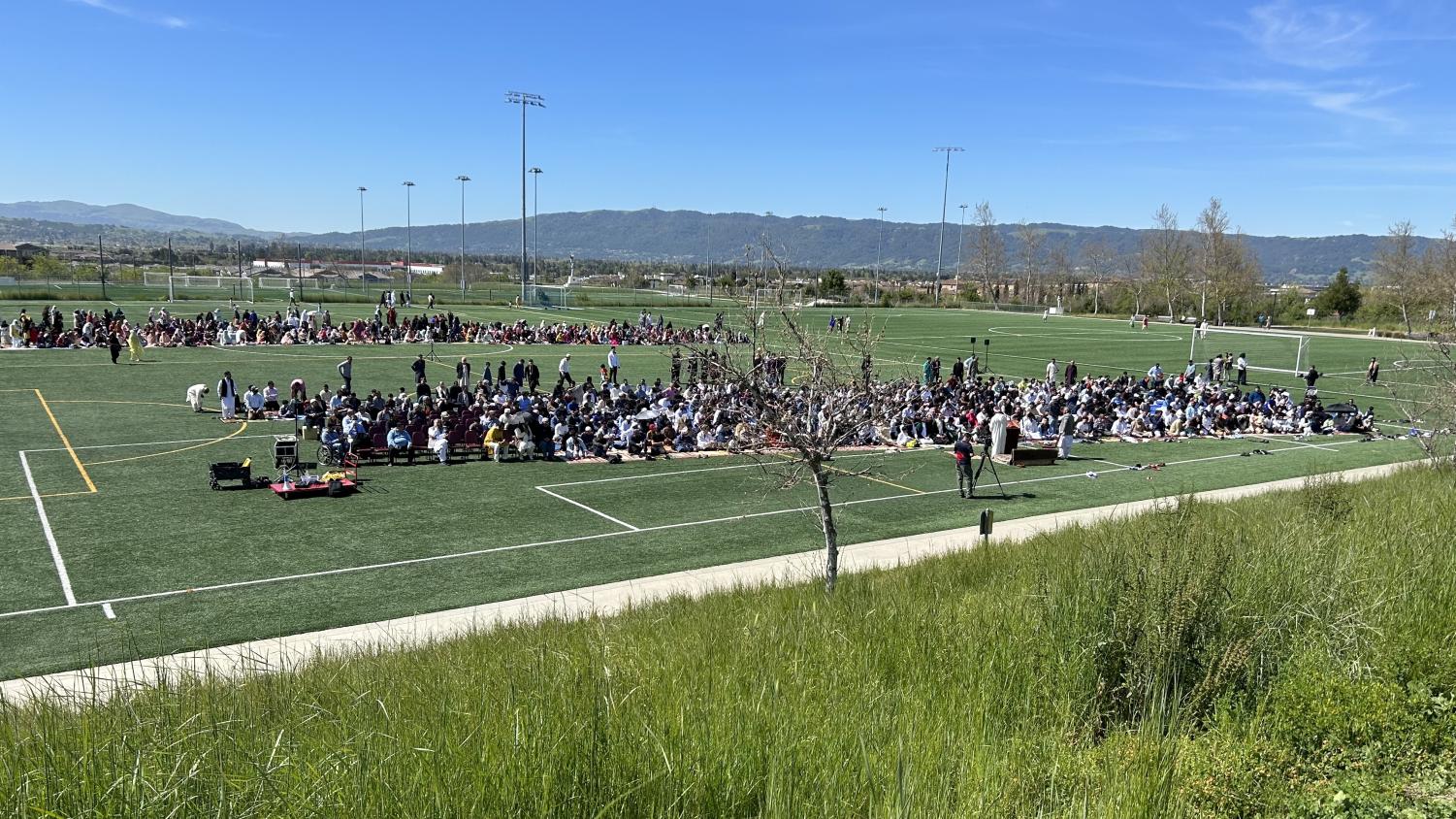
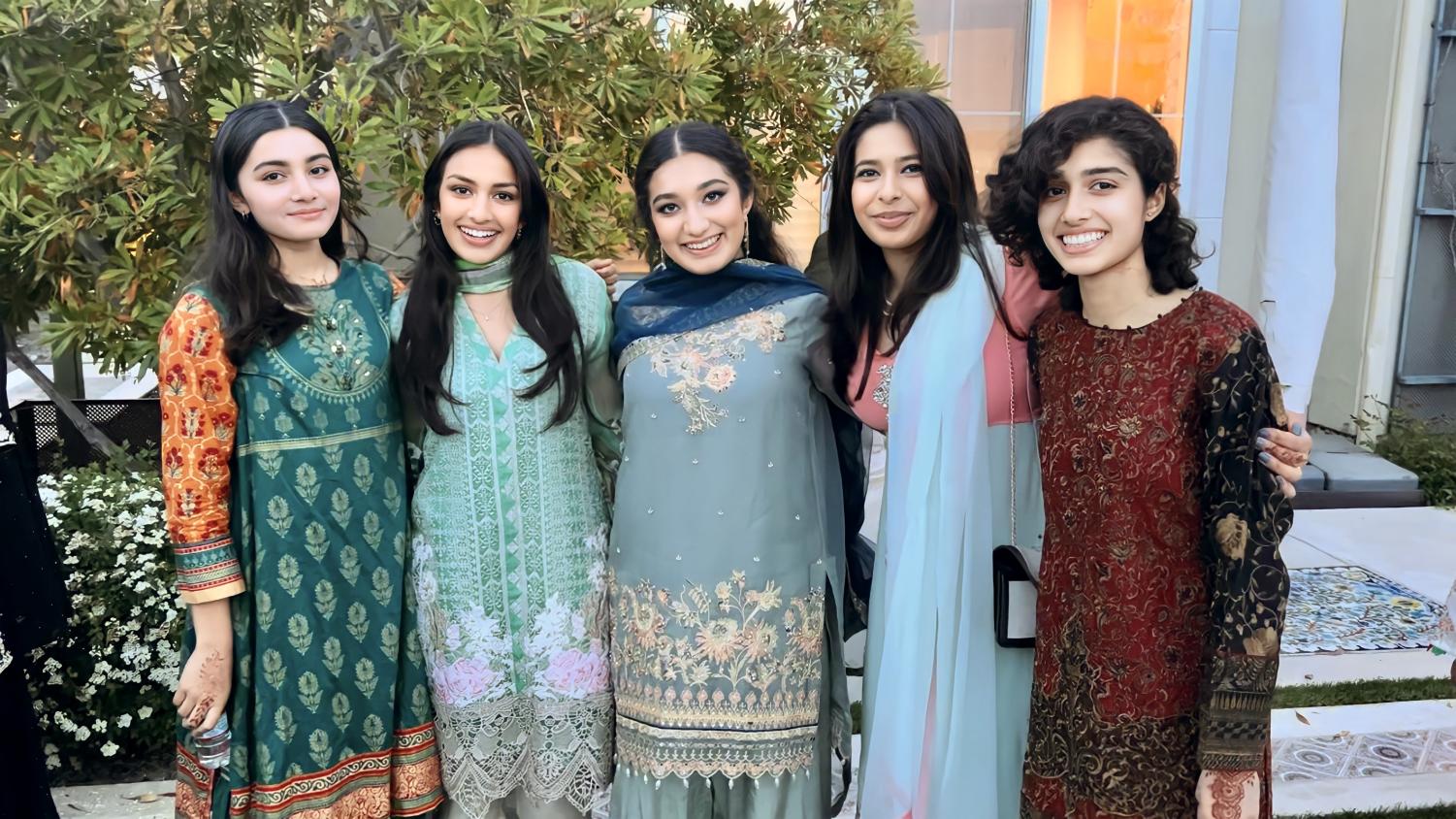

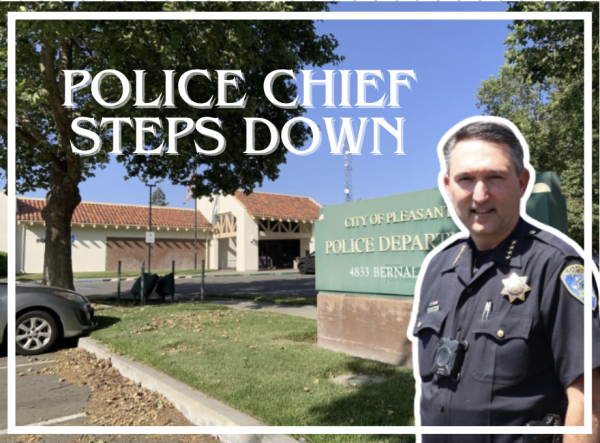
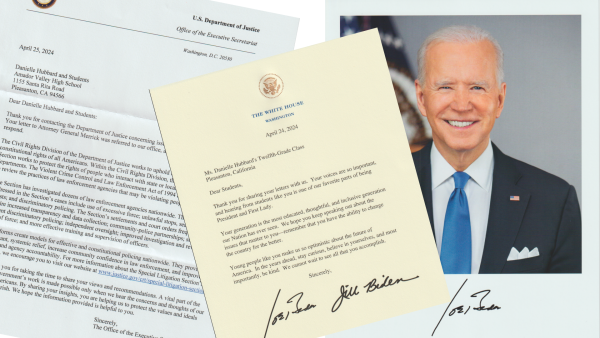

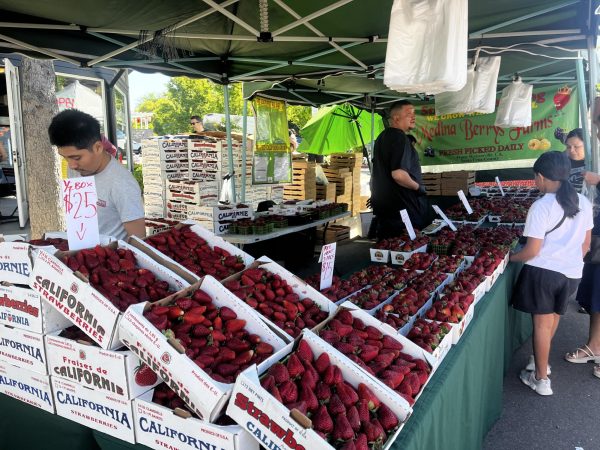

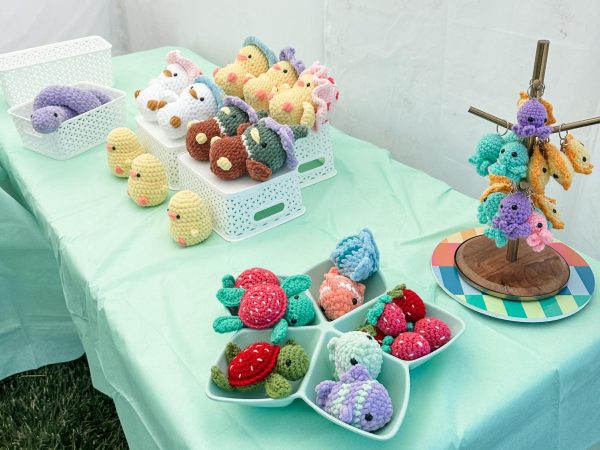
![The outgoing EICs [left to right] Zenil Koovejee, Aileen Hu, Ritika Gupta, Zaynah Shah, and Audrey Combs take a picture with journalism advisor Wendy Connelly to commemorate their last banquet.](https://www.amadorvalleytoday.org/wp-content/uploads/2024/05/458E2D9A--600x451.jpg)
